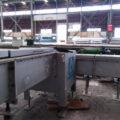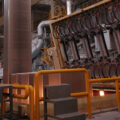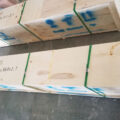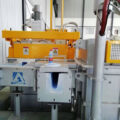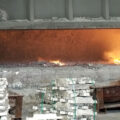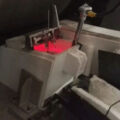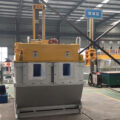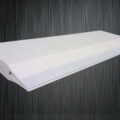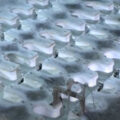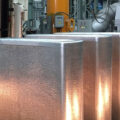The casting process is to pour liquid metal that meets the casting requirements into a mold through a transfer tool, and obtain an ingot of a certain shape and size after cooling.
It is required that the cast ingot has uniform chemical composition and structure, good internal and external quality, and size in line with technical standards. The quality of the ingot depends not only on the quality of the liquid metal, but also on the casting method and casting process.
At present, discontinuous casting (ingot casting), continuous casting and semi-continuous casting are widely used.
In semi-continuous and continuous casting, the main factors affecting the quality of ingots are cooling rate, casting speed, casting temperature, crystallizer height, etc.
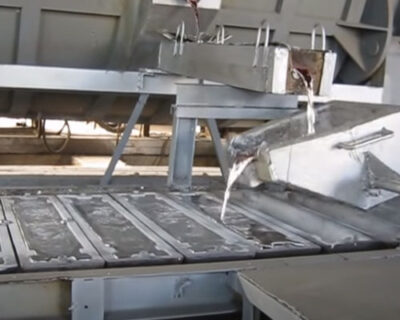
The effect of cooling rate on the quality of ingots
1) Impact on organizational structure. In direct water-cooled semi-continuous casting, as the cooling intensity increases, the crystallization rate of the ingot increases, solute elements in the melt do not have time to diffuse, the degree of subcooling increases, and the crystal nucleus increases, so the resulting crystal grains are fine. At the same time, the size of the transition zone is reduced, the density of the ingot is increased, and the tendency of porosity is reduced. In addition, increasing the cooling rate can also refine the size of the primary crystal compound and reduce the degree of regional segregation.
2) Influence on mechanical properties. The alloy composition is different, the degree of influence of the cooling strength on the mechanical properties of the ingot is also different. For the same alloy, the mechanical properties of the ingot increase with the increase in cooling strength.
3) Influence on crack tendency. As the cooling strength increases, the temperature difference between the inner and outer layers of the ingot is large, and the thermal stress in the ingot increases correspondingly, which increases the tendency of the ingot to crack. In addition, the degree of cooling uniformity also has a great influence on cracks. Uneven water cooling will cause different parts of the ingot to shrink inconsistently, and the weakly cooled part will have a liquid cavity section with a small radius of curvature. The local temperature of this section is high, and the final shrinkage will be subjected to a large tensile stress and cracks will appear.
4) Impact on surface quality. Under ordinary mold casting conditions, with the increase in cooling strength, the tendency of cold separation will increase when the casting speed is slow, but the tendency of segregation and floatation and cracking will decrease.

